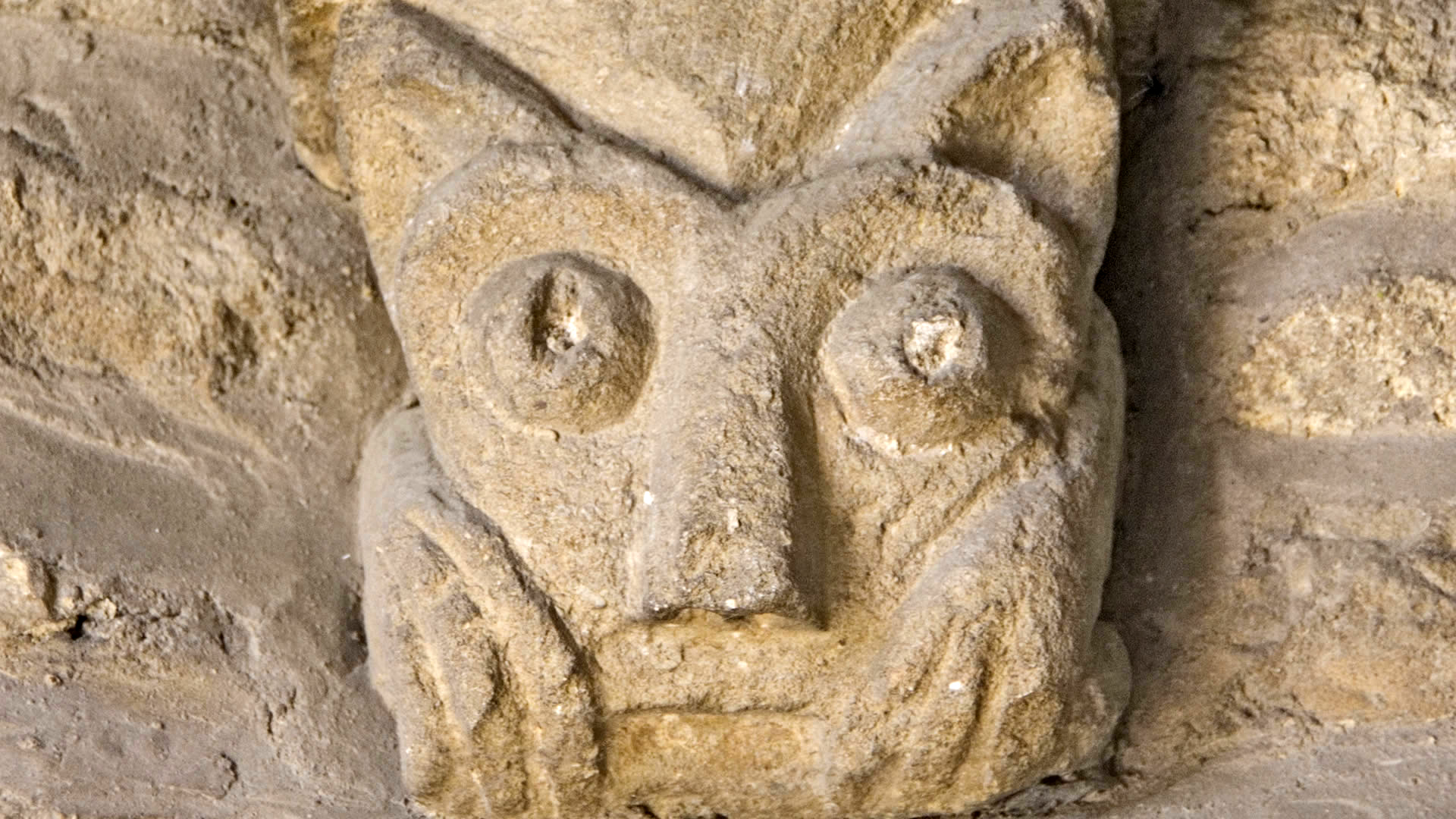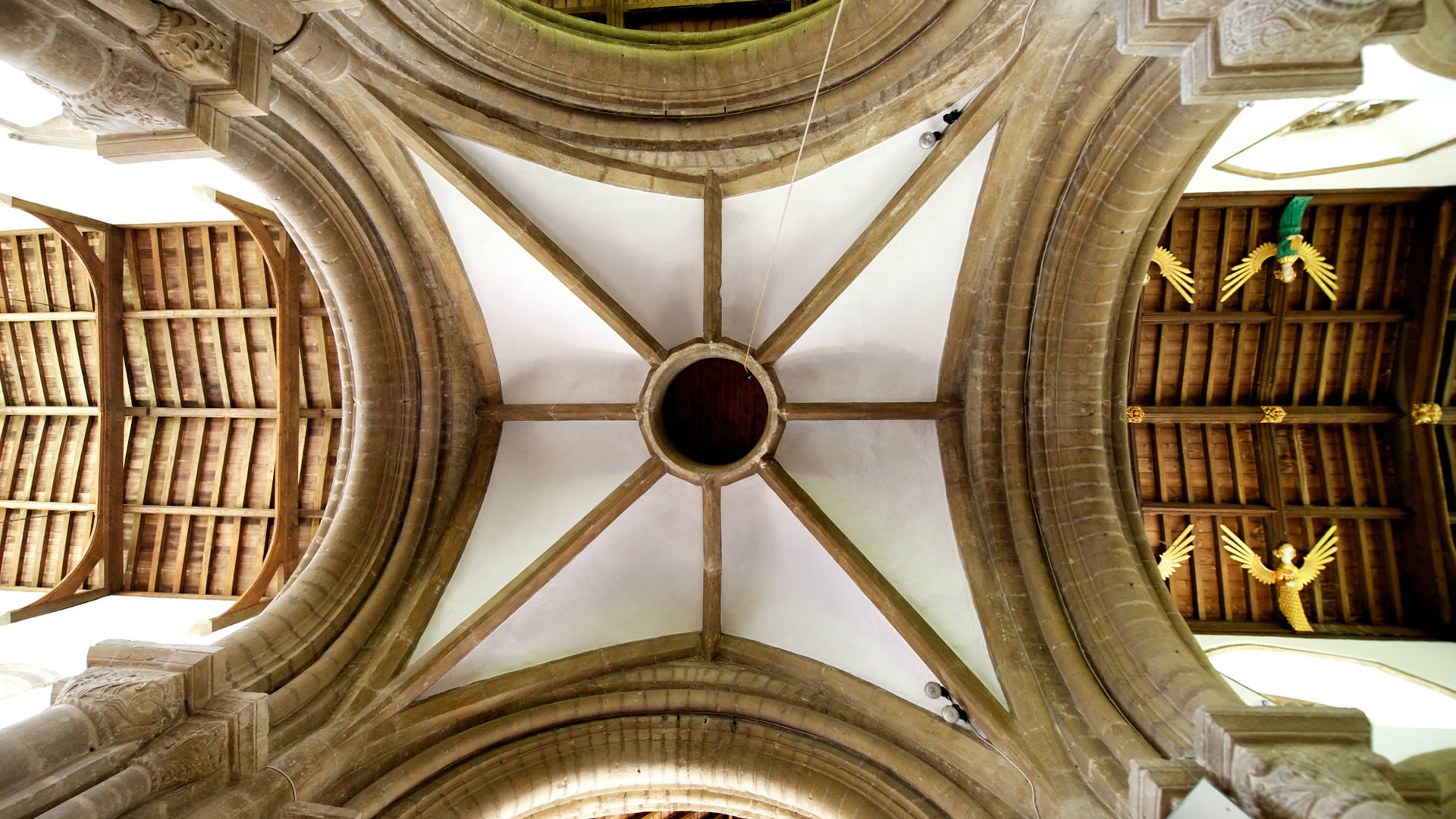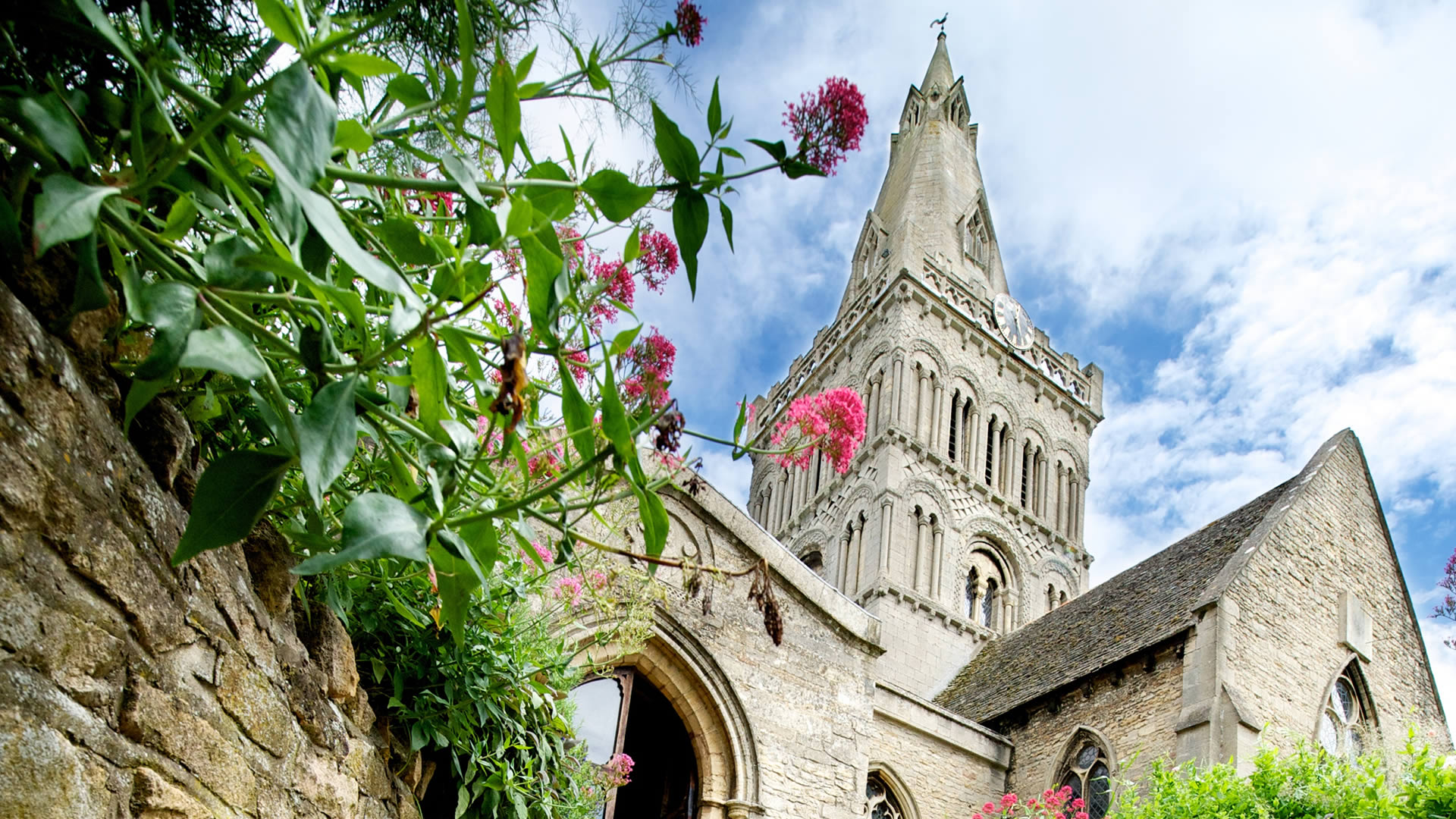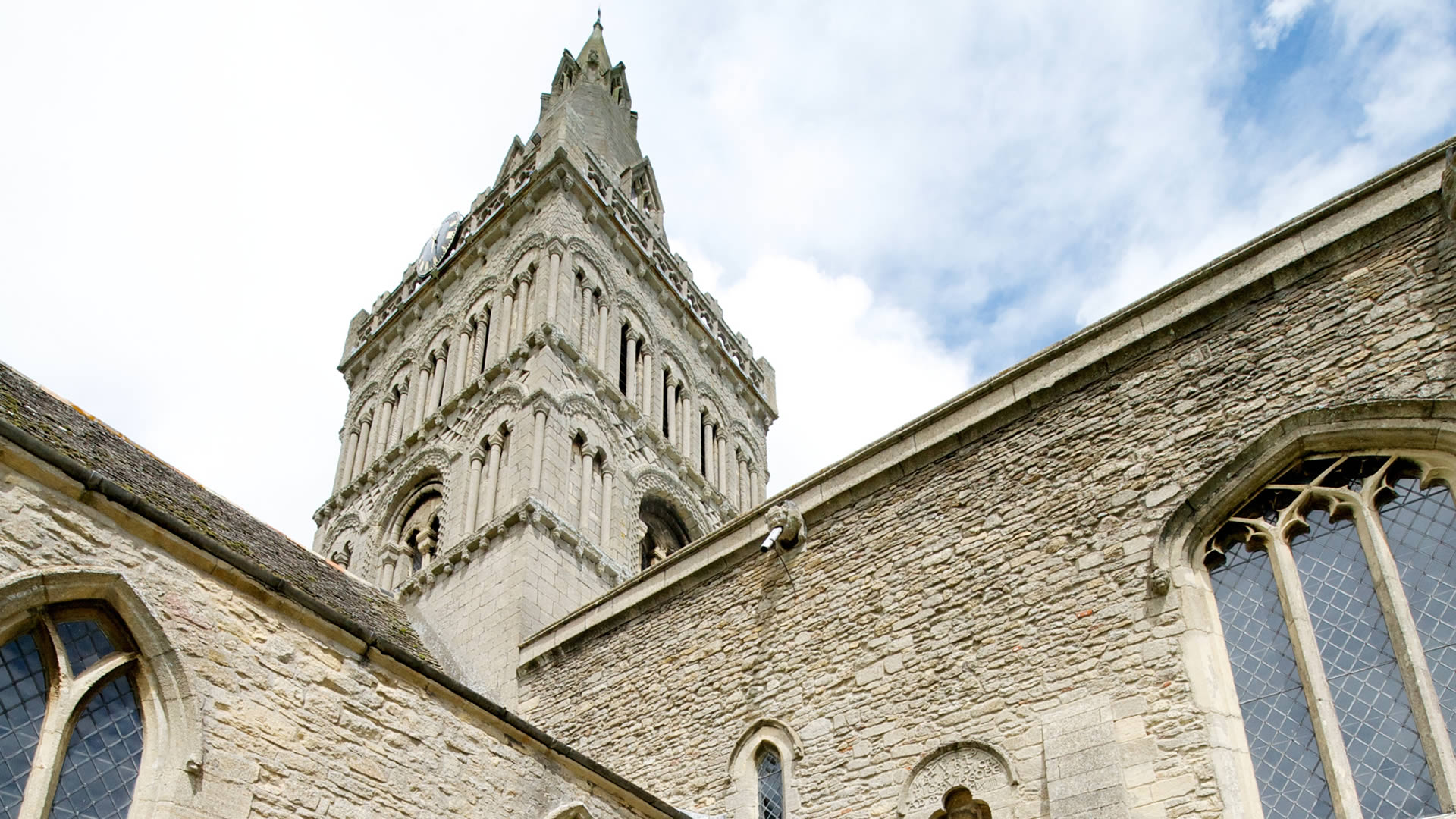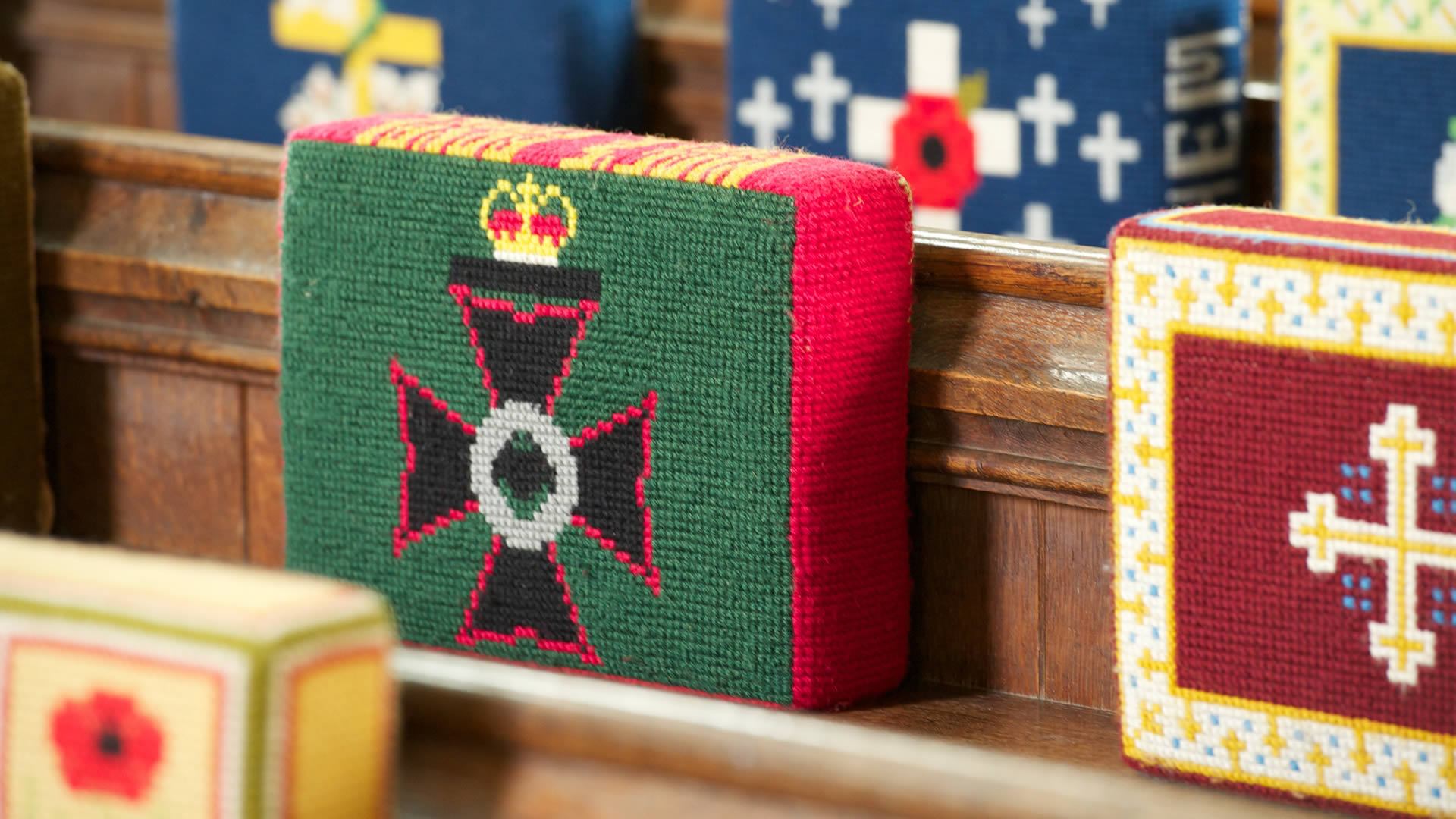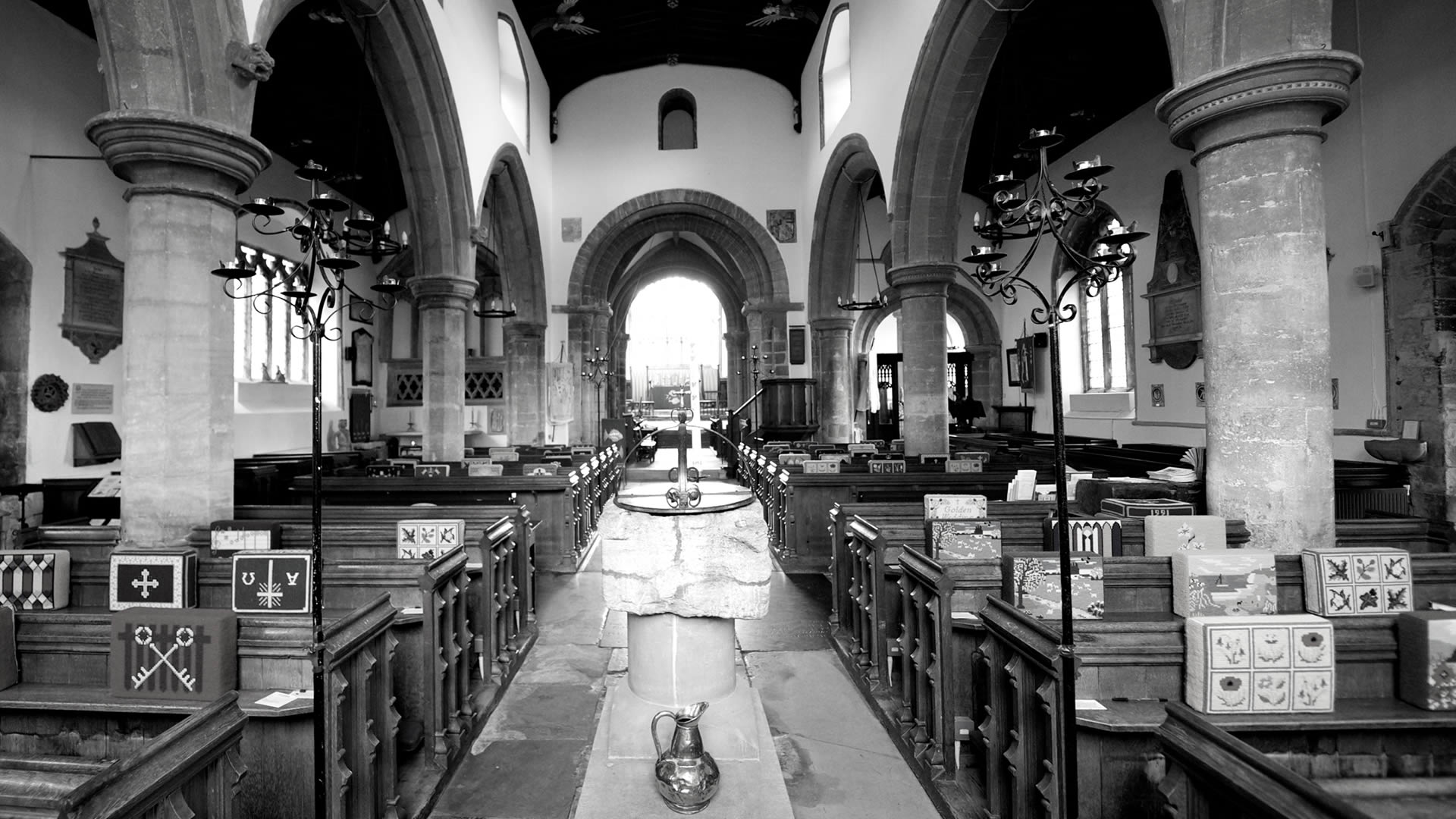 (in this case meaning the governor of a Roman province’s residence or headquarters) at Castor is still not fully understood, although there have been several theories and suggestions over the years. One supposition is that it was the residence of a Roman provincial governor during the third century AD. Castor would have been in Britannia Superior for most of the third century, then in the province of Maxima Caesariensis for most of the fourth century. Another possibility is that the building was the headquarters of the Count of the Saxon Shore, a Roman military commander post possibly created by Constantine I during the fourth century AD, whose job it was to govern the military defences of the southern and eastern coasts of Britain from barbarian (Saxon) attacks. However, this is conjecture and there have not yet been any conclusive clues as to the identity of the building’s occupants and its purpose. (left: Foundations still visible in Stock’s Hill)
(in this case meaning the governor of a Roman province’s residence or headquarters) at Castor is still not fully understood, although there have been several theories and suggestions over the years. One supposition is that it was the residence of a Roman provincial governor during the third century AD. Castor would have been in Britannia Superior for most of the third century, then in the province of Maxima Caesariensis for most of the fourth century. Another possibility is that the building was the headquarters of the Count of the Saxon Shore, a Roman military commander post possibly created by Constantine I during the fourth century AD, whose job it was to govern the military defences of the southern and eastern coasts of Britain from barbarian (Saxon) attacks. However, this is conjecture and there have not yet been any conclusive clues as to the identity of the building’s occupants and its purpose. (left: Foundations still visible in Stock’s Hill)
 Early Saxon Christianity:
Early Saxon Christianity: By 654, a marriage was being negotiated between Peada, son of Penda, and Alhflaed, daughter of Northumbrian King Oswy. The Northumbrian king stipulated that first Peada must accept Christianity, which he was prepared to do whether he won the hand of the maiden or not and was baptized by Finan, the Celtic Bishop of Lindisfarne. The royal couple returned to Mercia and may have taken up residence on the site of the huge but derelict Roman Praetorium on the terrace at Castor. Peada had already been appointed by his father as sub-king of the Middle Angles, whose province covered Northamptonshire and Leicestershire. Peada’s sisters, Kyneburgha and Kyneswitha came south too and established a convent here in Castor in the Celtic tradition.
(Right: Saxon carving likely to be from Kyneswitha’s tomb)
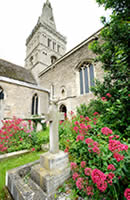 With its unique dedication to St Kyneburgha, it is considered by many to be among the finest 100 churches in England. Following the Saxon church’s sacking by the Vikings in the 9C, it was rebuilt in Norman style and dedicated by the Bishop of Lincoln in 1124. The tower is the church’s crowning glory built in three tiers. The lower tier with three bell arches is headed by very fine fish-scale pattern – all of which is magnificent work and nearly 1000 years old. The spire and north aisle were added between 1310 and 1330. The nave’s magnificent angel roof was added about 1450
With its unique dedication to St Kyneburgha, it is considered by many to be among the finest 100 churches in England. Following the Saxon church’s sacking by the Vikings in the 9C, it was rebuilt in Norman style and dedicated by the Bishop of Lincoln in 1124. The tower is the church’s crowning glory built in three tiers. The lower tier with three bell arches is headed by very fine fish-scale pattern – all of which is magnificent work and nearly 1000 years old. The spire and north aisle were added between 1310 and 1330. The nave’s magnificent angel roof was added about 1450
